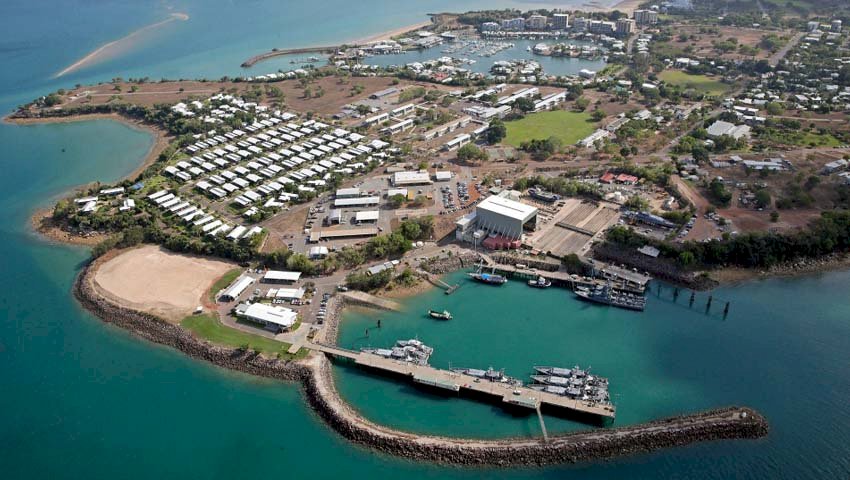
The majority of the 2500 personnel in this year’s US Marine Rotational Force – Darwin (MRF-D) are expected to arrive in early April, with the rest to arrive in early July.
Greens candidate for Nightcliff Billee McGinley warns the deployment should be postponed until local viral risk is better understood.
“This deployment of 2500 USA Marines comes at the worst possible time,” she said.
A spokeswoman from MRF-D said before arriving in Australia all the US service members will be screened by medical personnel for symptoms and other risk factors associated with COVID-19. Any symptomatic personnel will not deploy.
However, Ms McGinley remains sceptical if those protocols for quarantine are adequate.
“Today, we’re urging the Chief Minister to step up and assert a leadership role in managing the specific risk presented by thousands of visiting foreign servicemen.”
“We’ve called previously for the NT Chief Minister to take an active role in setting boundaries for the visiting forces. This time it’s urgent. The 2020 deployment should be immediately postponed.”




